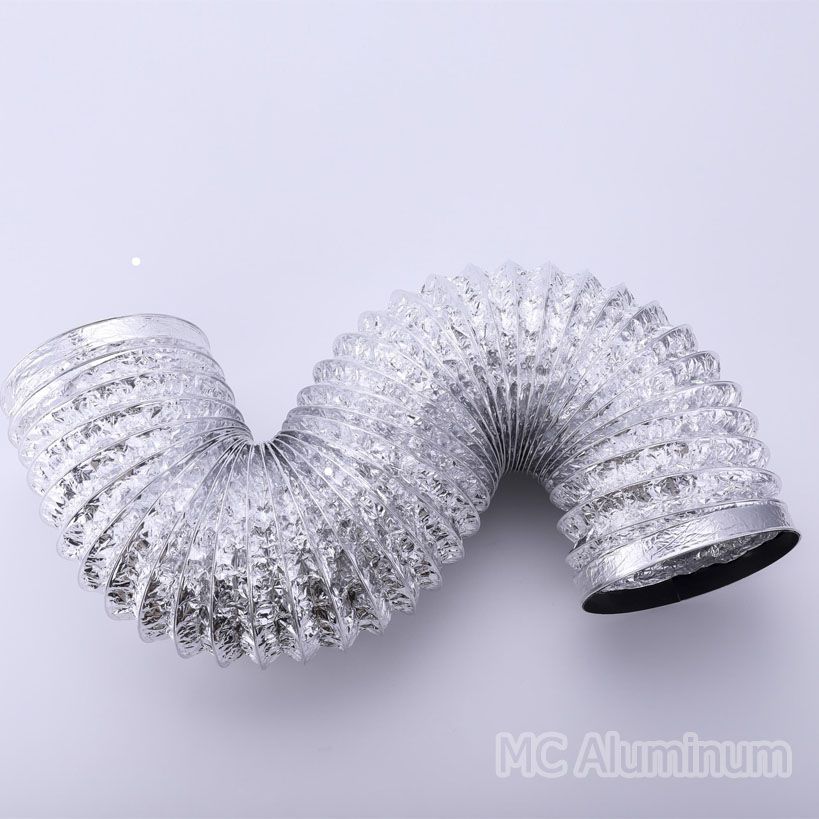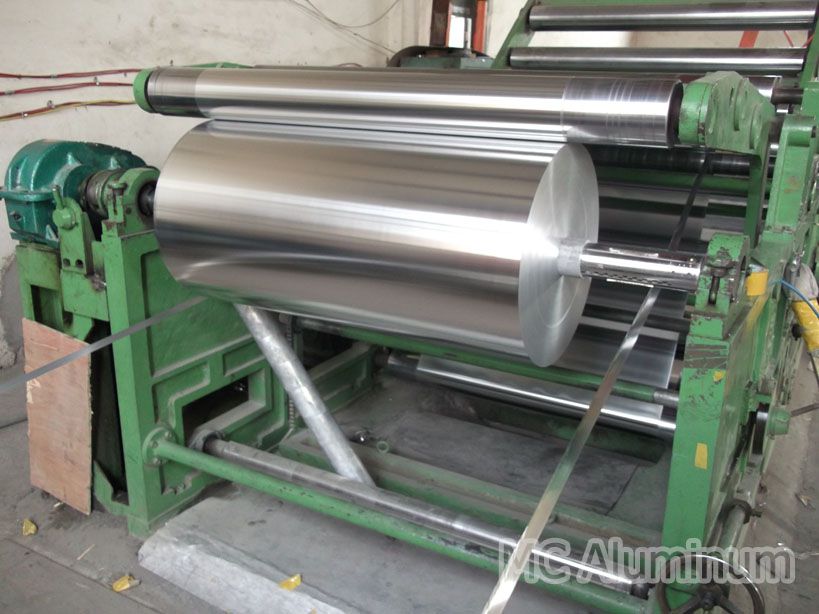8011 aluminum foil for flexible duct is a thin sheet material made of aluminum as the main raw material through rolling and other processes. It has the advantages of good extensibility, lightness, waterproofness, oil resistance, fire resistance, dust resistance and low cost. It is widely used to make ventilation ducts with bendable and good flexibility.
8011 aluminum foil belongs to aluminum alloy foil, and the main alloying elements are silicon and iron. The content of silicon and iron has an important influence on its performance. The presence of these alloying elements makes aluminum foil show unique properties in strength and toughness. The thickness range is 0.018~0.2mm, and the width and length can be customized according to customer needs. 8011 aluminum foil for flexible duct is widely used in various places that require ventilation, such as barbecue restaurants, restaurants, kitchens, etc.

Specifications:
| Alloy | 8011 |
| Temper | O |
| Thickness | ≥ 0.012mm |
| Width | 10-1300mm |
| Length | C |
| ID | 53.5mm (2.0in) or 76mm (3.0in) |
| OD | 250-600mm |
| Color | Transparent |
| Application | Flexible duct, condition hose, range hood duct, bathroom duct |
Features of 8011 aluminum foil for flexible duct:
1. Good corrosion resistance: A dense oxide film can be formed on the surface of 8011 aluminum foil, which can resist corrosion.
2. Strong flexibility: The material is soft and suitable for making curved or complex shaped ducts.
3. Good thermal conductivity: It can effectively dissipate heat or maintain the temperature in the duct.
4. Light weight: It reduces the overall weight of the duct and is easy to transport and install.
5. Non-toxic and environmentally friendly: It is suitable for scenes with requirements on air quality, such as ventilation systems and air conditioning systems.
6. Excellent surface treatment: usually has good polishing and coating effects, suitable for use in special environments.

Quality inspection standards for 8011 aluminum foil for flexible air ducts:
1. Appearance inspection: Check whether there are scratches, wrinkles, holes, oxidation spots and other defects on the surface of the aluminum foil, which may affect the sealing and service life of the air duct.
2. Thickness measurement: Use a thickness gauge to detect the thickness of the aluminum foil to ensure that its thickness meets the design requirements. Uneven thickness may cause inconsistent strength of the air duct.
3. Tensile strength test: The tensile strength and elongation at break of the aluminum foil are determined by tensile tests to evaluate its ability to withstand tension during use.
4. Corrosion resistance test: The corrosion resistance of the aluminum foil is tested by salt spray test and other methods to simulate the corrosion resistance of the aluminum foil under harsh environmental conditions.
